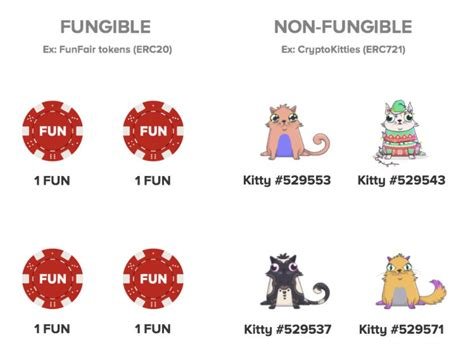The Future of Finance is Heterogeneous: Understanding Cryptocurrencies, Isolated Margin Trading, NFTs, and Token BURNS

In the ever-evolving landscape of finance, several cutting-edge concepts have emerged, promising to revolutionize how we invest, trade, and interact with assets. Among these, cryptocurrencies, isolated margin trading, non-fungible tokens (NFTs), and token burns are gaining traction as increasingly popular investment vehicles. In this article, we’ll delve into each of these concepts, exploring their underlying principles, benefits, and potential risks.
Cryptocurrencies: The Decentralized Money
Cryptocurrencies such as Bitcoin, Ethereum, and others operate independently of central banks and governments, using decentralized technology to facilitate secure, peer-to-peer transactions. These digital assets are built on cryptographic algorithms that ensure the security, integrity, and immutability of transactions.
Cryptocurrency adoption is on the rise, with more than 1 million users worldwide. This growth can be attributed to factors such as:
- Decentralization: Cryptocurrencies eliminate the need for intermediaries, reducing transaction costs and increasing efficiency.
- Security: Blockchain technology ensures that all transactions are recorded publicly, making it difficult to manipulate or alter data.
- Accessibility: Anyone with an internet connection can buy, sell, and trade cryptocurrencies.
Isolated Margin Trading: A Risky Bet
Isolated margin trading involves borrowing money from a broker to amplify potential gains in cryptocurrency markets. This approach allows traders to take advantage of volatile price movements while limiting their losses.
However, isolated margin trading comes with significant risks:
- Margin calls: The broker will demand immediate repayment, which can result in substantial losses if the trader fails to meet these obligations.
- Leverage: Traders are essentially betting on market movements using borrowed funds, increasing the potential for catastrophic losses.
- Volatility: Cryptocurrency markets are notoriously unpredictable and prone to sudden spikes or crashes.
Non-Fungible Tokens (NFTs)
Non-fungible tokens, short for “non-fungible,” refer to unique digital assets that cannot be exchanged for one another. NFTs have gained popularity in the art world, but their adoption extends far beyond:
- Art and collectibles: Artists can mint and sell unique digital pieces, while collectors can buy and own these NFTs as art or collectibles.
- Virtual goods: NFTs can represent a variety of virtual items, such as in-game assets, real estate, or even social media profiles.
NFTs offer several benefits:
- Ownership: Traders have full ownership of their NFTs, ensuring they retain control over these digital assets.
- Verify authenticity: NFTs provide a secure and transparent way to verify the authenticity and provenance of digital items.
- Value appreciation: As NFT demand increases, the value of these unique digital assets may rise.
Token Burn: A Sustainable Approach
Token burn is an innovative concept that involves reducing the total supply of a cryptocurrency or token. This process can be used to:
- Encourage adoption: By creating scarcity and reducing the number of tokens in circulation, token holders are incentivized to hold onto their assets.
- Improve governance: Token burns help establish a sense of community among token holders, as they feel invested in the project’s success.
Token burn can also have environmental benefits:
- Reduced supply: By removing excess tokens from circulation, developers can reduce the carbon footprint associated with cryptocurrency mining and energy consumption.
- Increased utility: Token burn encourages the development of new use cases for these assets, fostering innovation and growth.

0 responses on "Isolated margin, non-fungible asset, token burn"